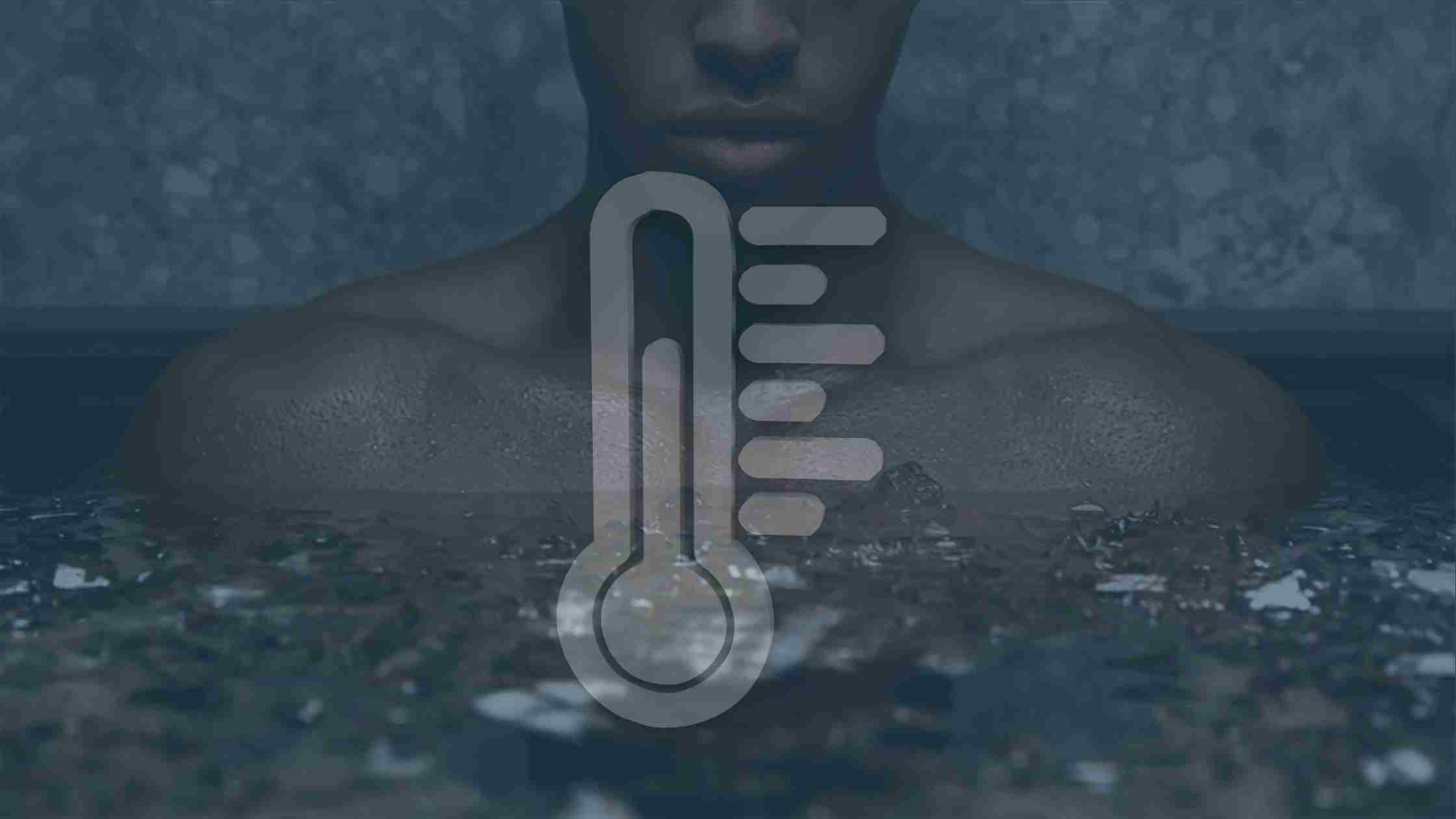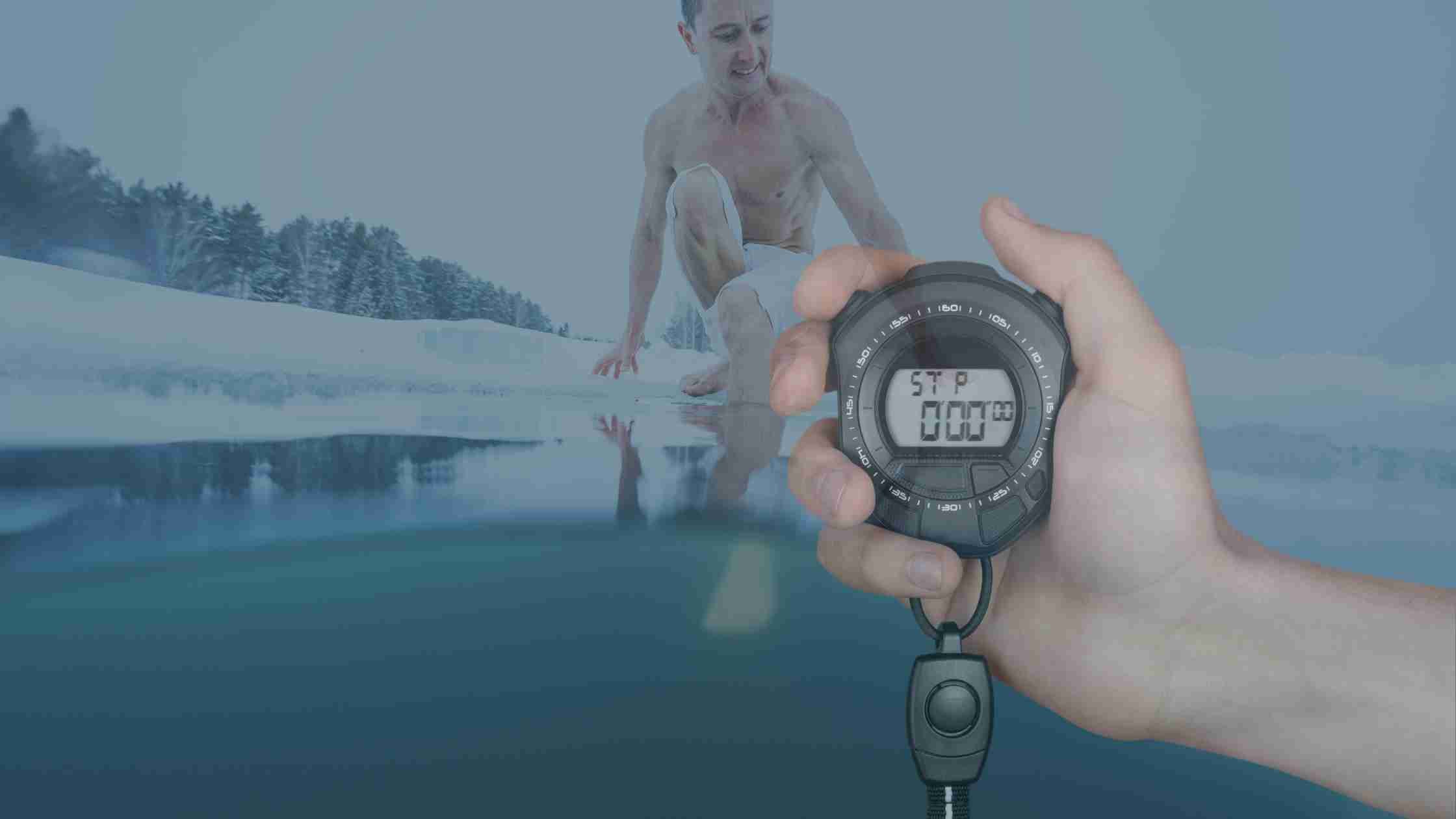Cold Plunge Tips - How Long, Cold and Regular Should An Ice Bath Be?
Ice bath temperature and timing
The main questions people have about a cold plunge practice is how cold should an ice bath be, how long to spend in an ice bath and when is the best time to ice bath?
These are all important questions but unfortunately, for the most part, there is no exact answer to any of them, although there is science based parameters for the ideal temperature, time spent in a cold plunge and time of day to take an ice bath. The benefits of ice baths are well known in athletic recovery space for reducing muscle soreness and stiffness, and becoming increasingly known for their mental health and mood benefits, metabolic health and brain health.
Many people who have a cold plunge practice, and even people new to ice baths, want to know minimum effective dose it takes to get the benefits of ice baths. The truth is, the amount of time you need to spend in an ice bath to get the benefits might surprise you, and the ideal temperature is really based on your baseline cold tolerance.
In this article, we explore some of the ways to get the most out of your cold water therapy practice including how to breathe during an ice bath, some good ice bath protocols and the best time of day to plunge.
Ice Bath Temperature
Ice Bath Temperature
One of the most common question about ice bath practice is “how cold should an ice bath be?”. The truth is, everyone has a different baseline threshold to the cold. A cold plunge should be uncomfortable to the point that it creates a sense of shock and discomfort to the body when immersed in the water, but without being dangerously cold.
In general, to get the benefits of a cold water immersion practice, the water temperature to aim for would ideally be anywhere between 0-15 degrees celsius. Current evidence suggests that immersion in water of 15 degrees celsius or colder, is the parameter for experiencing the positive effects of cold water therapy, particularly for metabolic health.
A cold plunge practice should be approached from a very personal level. For example, a person who has had regular exposure to cold temperatures from living in a cold climate may have a higher tolerance to colder temperatures. Others may find a reasonable start point is taking a cold shower to finish your normal daily shower on full cold, which may be at about 15-20 degrees celsius. The main consideration is that the water creates some degree of shock response, increases the breath and heart rate and is somewhat uncomfortable.
Read Also: Should I Take an Ice Bath When I’m Sick
When working with an ice bath practice that requires adding ice bags, it is recommended to use a floating temperature gauge to have good awareness of your ice bath temperature. When using an ice bath like the Ice Barrel, in our experience, adding about 6-8 bags of ice is sufficient to get the water temperature down to about 8-12 degrees celsius. This can become an expensive practice, which is why we suggest investing in a purpose built cold plunge tub like the Roman Ice Bath, which gives you a temperature range of 3C - 42C, controlled by WIFI on your smartphone.
If you are well conditioned to cold water, it is ideal to continue to push the limits of your ice bath temperature, as you do become adapted to the cold. For an ideal ice bath temperature for people who do a few ice bath sessions per week would be anywhere from 0 degrees C to 10 degrees C. But how long should you spend in an ice bath?
Ice Bath Exposure Time
Another common consideration of cold water immersion is how long your cold exposure time should be. Again, this timeframe is largely dependant on how often you engage in a cold plunge and how personally conditioned you are to the cold.
The current science indicates the the minimum effective dose of cold water therapy is 11-15 minutes per week, spread out over 2-4 seperate cold plunge sessions. Many people enjoy combining ice baths and sauna together, known as contrast therapy. A common protocol for contrast therapy is 2-3 minutes in an ice bath followed by 15 minutes in a sauna, repeated 2-3 rounds.
Read Also: We Went to Hyrox Australia - Here’s What We Learnt
The length of time to spend in an ice bath, cold plunge or cold lake should be an amount of time that is also safe. Regardless of whether you are practicing cold plunge in a controlled environment or taking a cold dip in a freezing lake, the time spent in the cold should be within a period that allows your body to naturally heat back up without over exposing yourself to risk of frost bite or hypothermia.
When starting out your ice bath practice, many people find some sort of utility in setting a timer or alarm for a period of time like 2 or 3 minutes. Setting your timer based on the temperature of water is also a good idea for progression. Once you become a little more comfortable in an ice bath, it can be useful to shift your timing to one of internal feel rather than by the clock. Shifting your focus away from a clock and onto your breath can create further connection to the breath and exploration of the mind.
Ice Bath Time of Day
The most ideal time to take an ice bath is generally accepted to be in the morning, close to wake time. While it is beneficial to take an cold plunge at any time of day, taking an ice bath at night can also create somewhat of a rebound effect after the ice bath and heat the body up, which is counterproductive to transitioning into sleep.
Related Article: 5 Best Ways To Reset The Nervous System
Ice baths in the morning make the most sense, in that they are very effective at waking up the body and mind and shaking off sleep inertia. With your cortisol already spiking in the morning, a large boost in norepinephrine and dopamine following an ice bath have the flow on effect of boosting energy, focus and attention, which is generally highly desirable in the morning. This key benefit of ice baths can also make taking an ice bath a viable alternative to your morning coffee, ideal for those trying to reduce caffeine intake and cut back on coffee and energy drinks.
The effects of an ice bath will also kick start the metabolism, continuing to burn calories for hours after the ice bath, particularly if you allow the body to heat up naturally without taking a hot shower or putting on warm clothing after.
Conclusion on Ice Bath Tips
A cold plunge practice is a very personal practice, and there is definitely no set temperature or time that applies to everyone for taking an ice bath. While the science suggests that a minimum dose is 11-15 minutes per week at a temperature of about 15 degrees C as an acceptable standard, we highly recommend finding your baseline for cold exposure, and decreasing the temperature incrementally as you challenge yourself to go colder and stay in for longer.
As you become more experienced, aiming for a temperature of between 0 - 12 degrees celsius and playing with your exposure time while focussing on your breath and relaxing your body into the cold is where you will start to really engage with the cold.
Cold plunging with a partner or a certified ice bath instructor is ideal, and can help with overcoming the urges to leave the water. Approaching your ice bath practice with progressive overload like you would approach muscular hypertrophy can be a handy way to look at it. By manipulating either the time in water or the temperature of the water (or both) you can slowly increase your tolerance as you push through the mental hurdles associated with cold plunging.
Know your limits and always practice cold water immersion safely!



